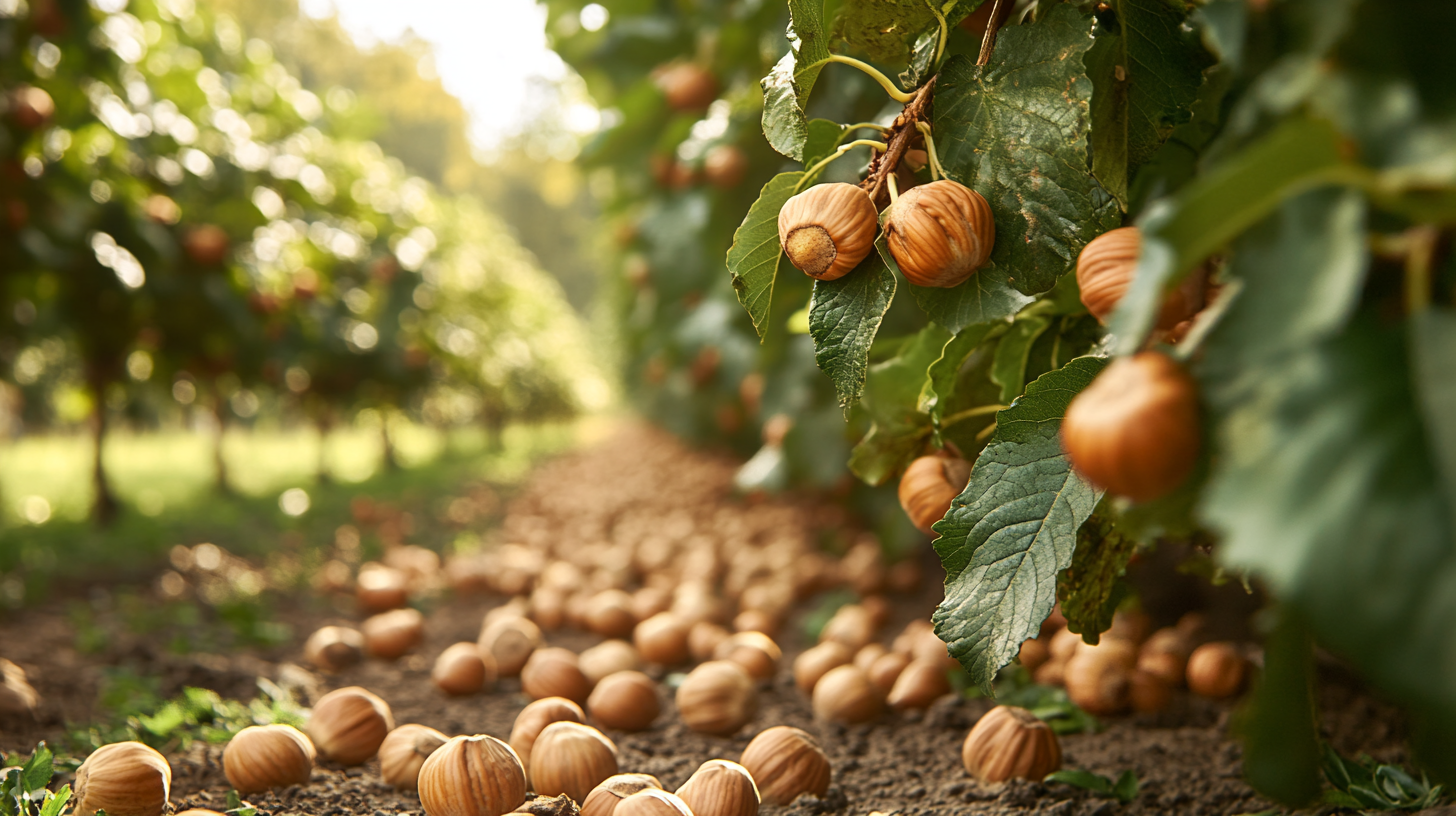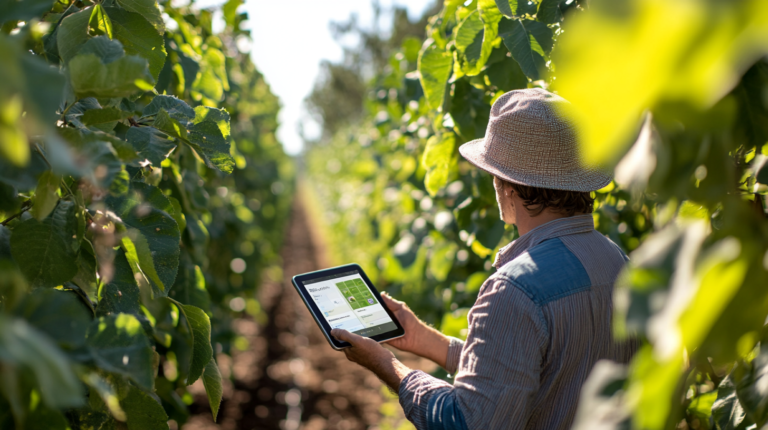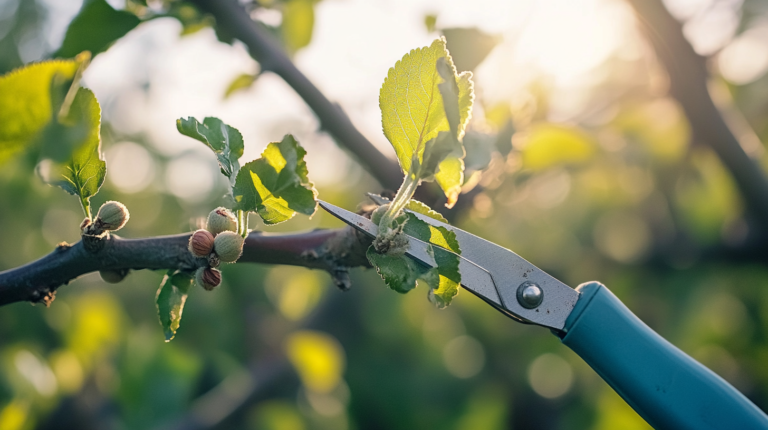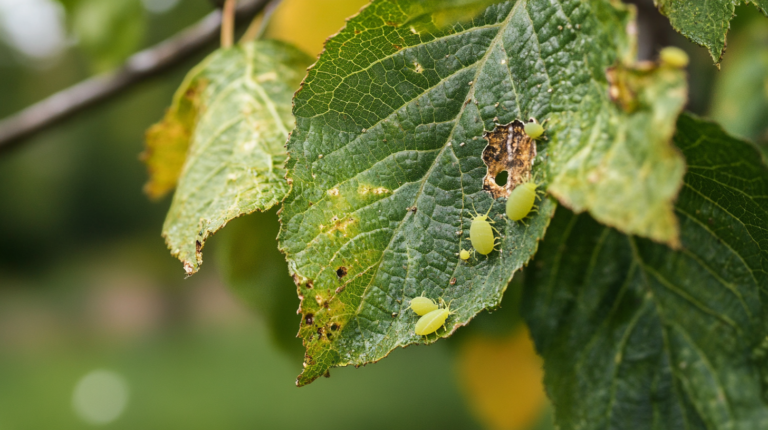When Is the Best Time to Harvest Hazelnuts? A Seasonal Guide for Growers
Hazelnuts, also known as filberts, are a delicious and nutritious nut crop that has been gaining popularity among both commercial growers and home gardeners. Understanding the optimal time to harvest these nuts is crucial for ensuring the best quality and yield. This comprehensive guide will explore the various factors that influence hazelnut harvesting, provide a seasonal timeline, and offer valuable insights for growers of all scales.
Understanding Hazelnut Growth Cycle
Before delving into the specifics of harvesting, it’s essential to understand the growth cycle of hazelnuts.
– Flowering and Pollination
Hazelnut trees produce both male and female flowers on the same tree. The male flowers, known as catkins, appear in late winter to early spring, typically between February and March1. These long, pendulous structures release pollen that is carried by the wind to the tiny, red female flowers. This pollination process is crucial for nut formation.
– Nut Development
Once pollination occurs, the nuts begin to form and develop throughout the summer months. During this period, the trees focus their energy on growing and maturing the nuts.
– Ripening Process
As autumn approaches, the nuts enter their final stage of maturation. This is when growers need to pay close attention to determine the optimal harvest time.
Determining the Ideal Harvest Time
The best time to harvest hazelnuts typically falls in early to mid-autumn, usually around September to October in the Northern Hemisphere1. However, several factors can influence the exact timing:
1. Visual Cues
One of the most reliable indicators that hazelnuts are ready for harvest is the color change of the husks surrounding the nuts. As the nuts ripen, these husks will turn from green to yellow-brown1. Additionally, the leaves on the hazelnut trees may begin to change color and fall, signaling the approach of the harvest season.
2. Nut Drop
Ripe hazelnuts will naturally begin to fall from the tree. When you notice an increasing number of nuts on the ground, it’s a good sign that harvest time is near1. However, it’s important to harvest before all the nuts have fallen to prevent loss to wildlife and potential quality degradation.
3. Husk Separation
As the nuts mature, the husks will start to separate from the nut shell. You can test this by gently squeezing the husk – if it easily slips off the nut, it’s likely ready for harvest1.
4. Kernel Development
For a more precise determination, you can crack open a few nuts to check the kernel development. Ripe hazelnuts will have fully developed kernels that fill the shell and a brown skin.
Seasonal Harvesting Guide
To help growers plan their hazelnut harvest, here’s a month-by-month guide:
– August
- Begin monitoring the trees for signs of ripening.
- Prepare harvesting equipment and storage facilities.
- Clear the area under the trees to facilitate easier collection.
– September
- Early September: Continue monitoring nut development.
- Mid to Late September: Begin harvesting as nuts start to drop and husks turn brown1.
- Harvest frequently to prevent nuts from staying on the ground too long.
– October
- Continue harvesting through early October.
- Pay attention to weather forecasts, as autumn rains can complicate harvesting.
- Complete the main harvest before heavy rains or frost set in.
– November
- Perform any final clean-up harvests.
- Focus on post-harvest processing and storage.
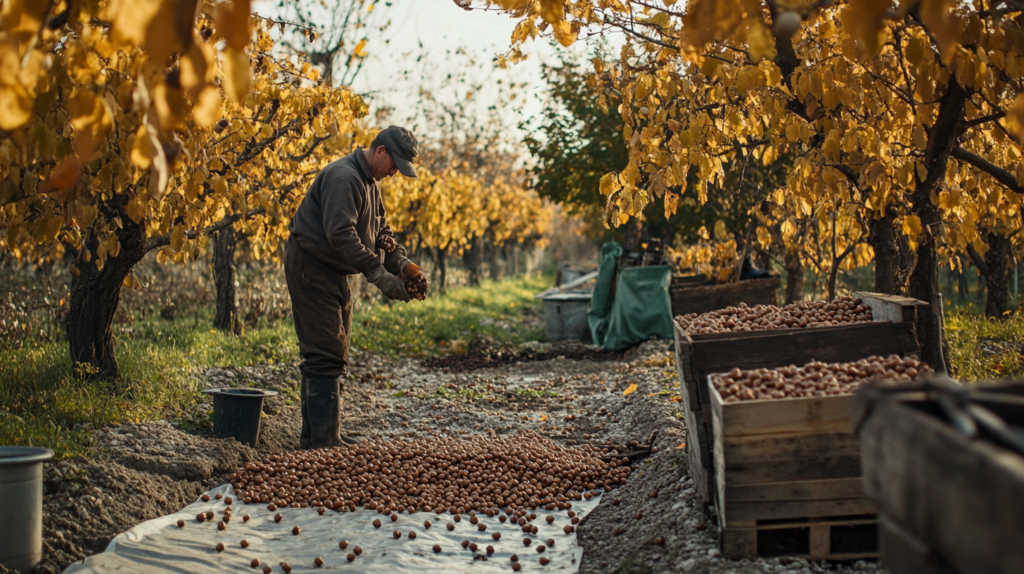
Harvesting Techniques
The method of harvesting can significantly impact the quality and efficiency of your hazelnut crop. Here are some common techniques:
– Hand Harvesting
For small-scale growers or those with just a few trees, hand harvesting is often the most practical method. This involves:
- Picking ripe nuts directly from the tree.
- Collecting fallen nuts from the ground.
- Gently shaking branches to encourage ripe nuts to fall onto tarps or sheets placed beneath the tree1.
– Mechanical Harvesting
Larger orchards often employ mechanical harvesters, which can significantly increase efficiency:
- Trunk shakers: These machines vibrate the tree trunk, causing ripe nuts to fall.
- Sweepers and collectors: Used to gather nuts from the orchard floor.
- Vacuum harvesters: These suck up fallen nuts from the ground.
Post-Harvest Handling
Proper handling after harvest is crucial for maintaining nut quality:
1. Cleaning
Remove any debris, leaves, or empty shells from the harvested nuts.
2. Drying
Dry the nuts within 24 hours of harvesting to prevent mold growth. Spread them in a single layer in a warm, dry place with good air circulation. Stir the nuts daily to ensure even drying1.
3. Storage
Once dried, hazelnuts can be stored in their shells at room temperature for several months. For longer storage, keep them in a cool, dry place or refrigerate them1.
Challenges in Hazelnut Harvesting
Growers should be aware of potential challenges during the harvest season:
1. Weather Conditions
Excessive rain during harvest can lead to quality issues and complicate collection. Conversely, prolonged dry spells may cause nuts to drop prematurely.
2. Pest Pressure
Insects and wildlife, particularly squirrels, can significantly reduce yields if not managed properly3.
3. Labor Availability
For hand-harvesting operations, ensuring sufficient labor during the peak harvest period can be challenging.
4. Equipment Reliability
Mechanical harvesters need to be well-maintained to prevent breakdowns during the critical harvest window.
Market Trends and Considerations
The global hazelnut market has been experiencing dynamic changes that growers should consider:
1. Increasing Demand
There’s a growing demand for hazelnuts in various industries, including confectionery, bakery, and health foods2.
2. Organic and Sustainable Production
Consumers are increasingly interested in organically grown and sustainably produced hazelnuts2.
3. New Growing Regions
While traditional areas like Turkey and Italy remain dominant, new hazelnut-producing regions are emerging, potentially affecting market dynamics2.
4. Quality Premium
High-quality hazelnuts, particularly those with superior flavor and texture, command premium prices in the market2.
Conclusion
Harvesting hazelnuts at the right time is a crucial factor in producing a high-quality crop. By understanding the growth cycle, recognizing the signs of ripeness, and employing appropriate harvesting techniques, growers can maximize their yield and quality. The typical harvest window of September to October provides a general guideline, but growers should always consider local climate conditions and the specific characteristics of their hazelnut varieties.
As the global demand for hazelnuts continues to rise, driven by their nutritional benefits and versatility in culinary applications, there are significant opportunities for both commercial and small-scale growers. By staying informed about market trends and focusing on quality production, hazelnut growers can position themselves for success in this dynamic and growing market.
Remember, successful hazelnut cultivation and harvesting require patience, attention to detail, and a willingness to adapt to changing conditions. With proper care and timing, your hazelnut harvest can be a rewarding and profitable endeavor.
Sources:
[1] https://www.gardeningknowhow.com/edible/nut-trees/hazelnut/when-to-harvest-hazelnuts.htm
[2] https://hazelnuthub.com/current-trends-in-the-global-hazelnut-market/
[3] https://www.growveg.com/guides/a-guide-to-growing-your-own-hazelnuts/
[4] https://www.cardassilaris.com/news/hazelnut-market-update-january-2024-insights
[5] https://www.woodlandtrust.org.uk/blog/2019/08/hazelnuts-where-and-when-to-forage/
[6] https://www.kitchengarden.co.uk/growing-hazelnuts-season-by-season-guide/
[7] https://www.mordorintelligence.com/industry-reports/global-hazelnut-market/market-trends
[8] https://hazelnuthub.com/the-best-timing-and-techniques-for-harvesting-hazelnuts/
